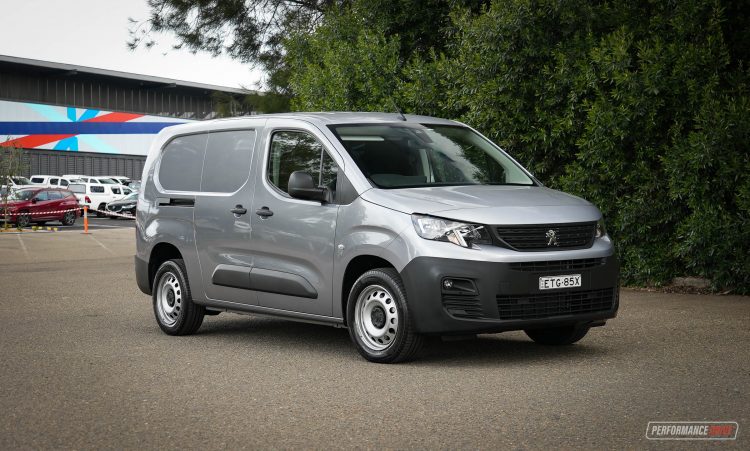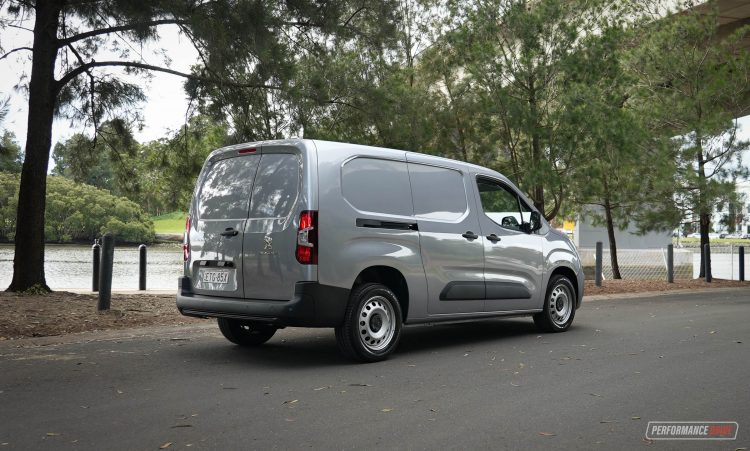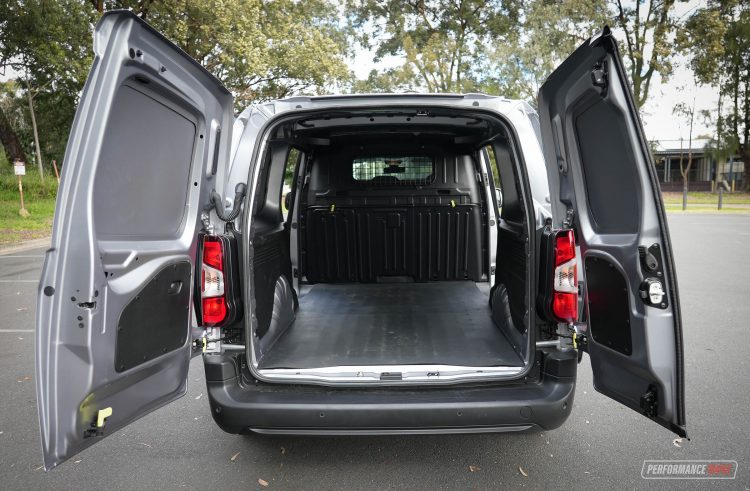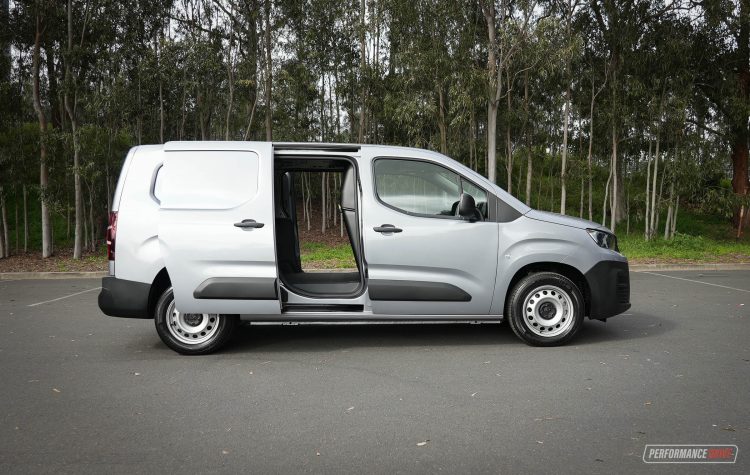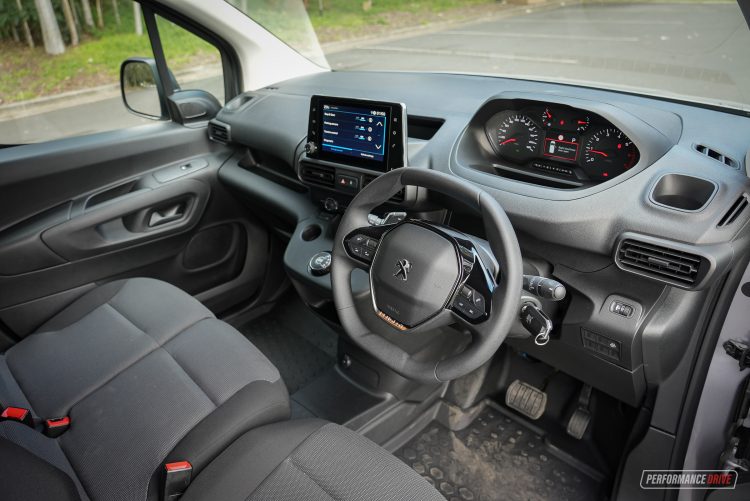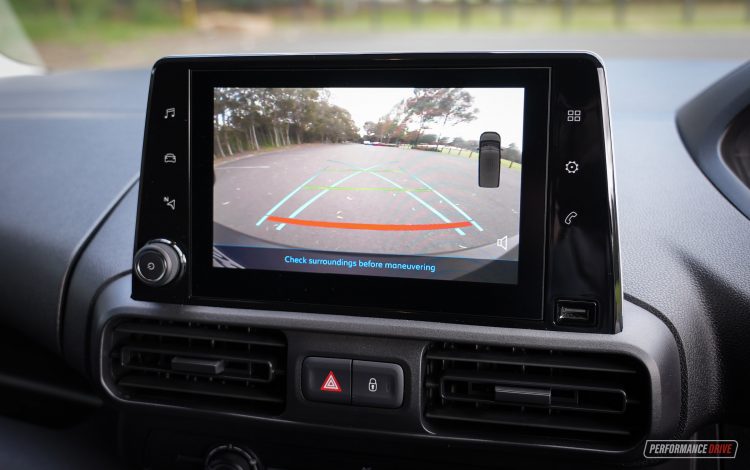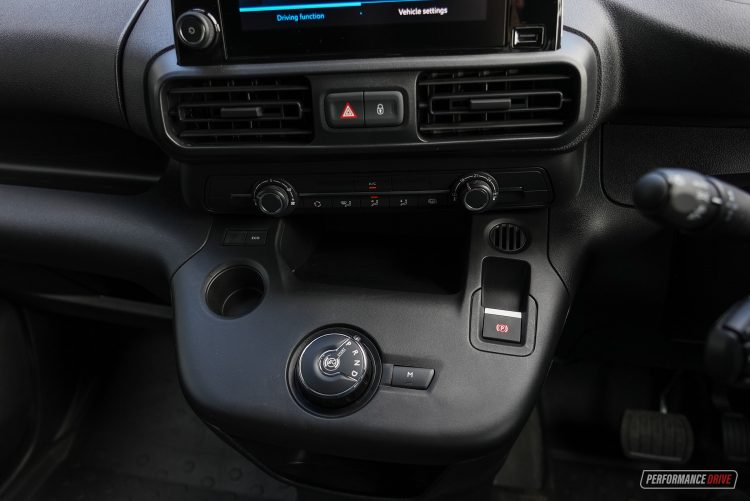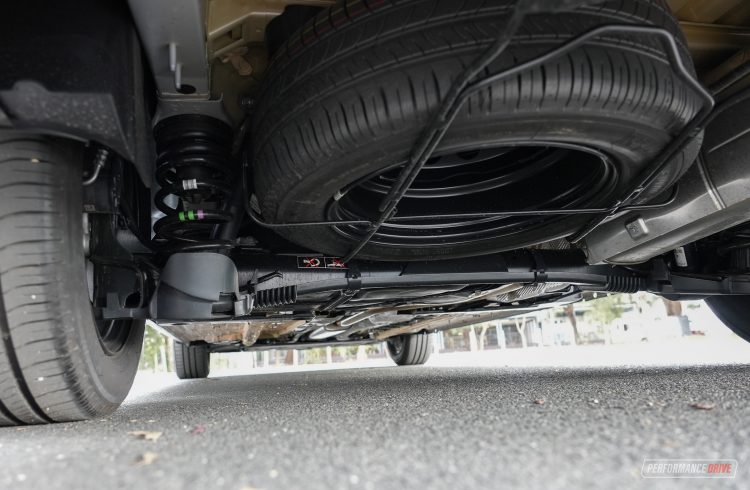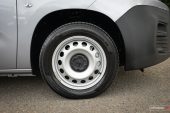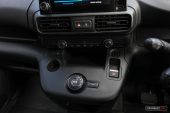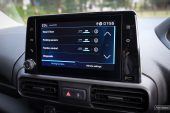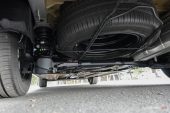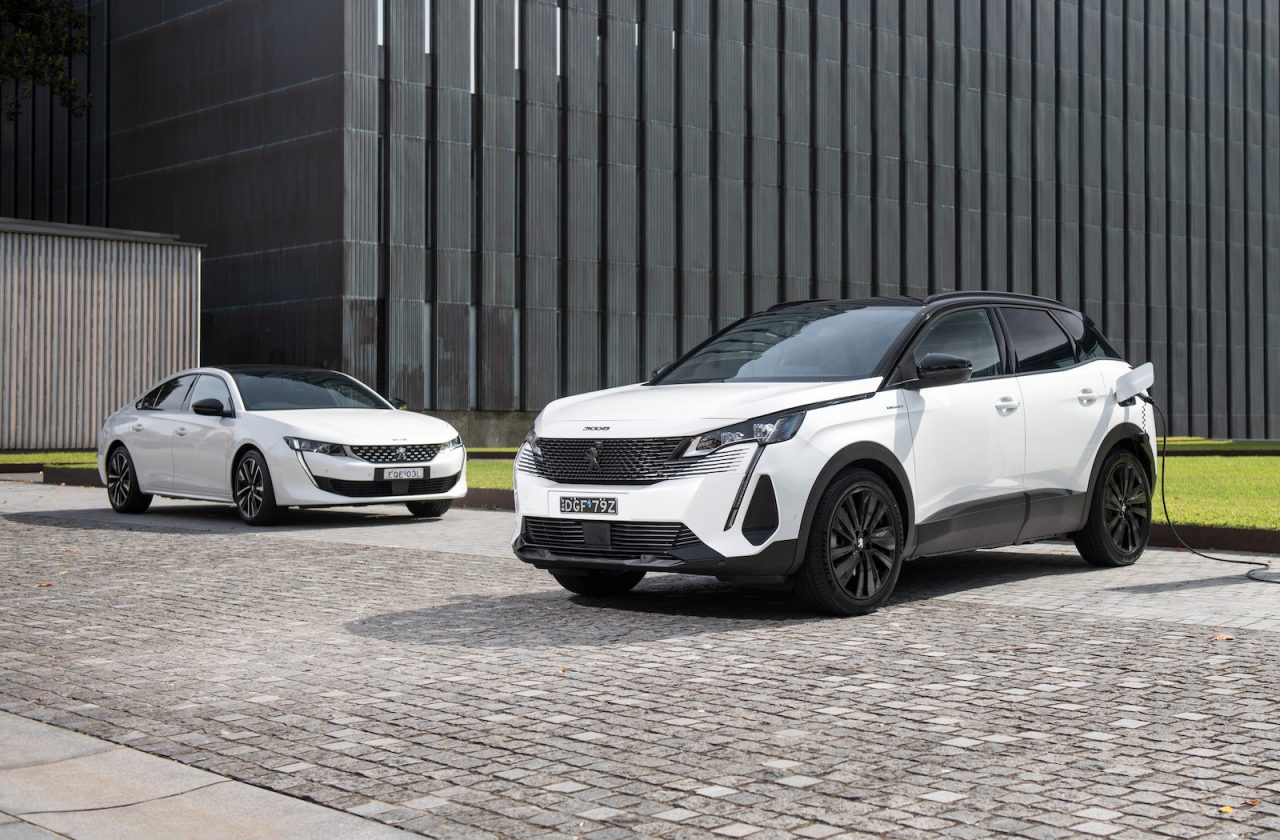When looking for the best new van for your business, there are a lot of important factors to consider, as this will be your home away from home when you are transporting goods. We have sampled the 2022 Peugeot Partner Pro LWB to assess its usability and what it’s like to live with on a daily basis.
In the vans under 2.5t segment, the Partner has held steady year-on-year, with 206 units shifted to the end of September (according to VFACTS). Its arch-rival Volkswagen Caddy has a commanding 40.9 per cent market share, possibly benefiting from its recent redesign and transition to the the MQB platform. An all-new Renault Kangoo lobs next year too, which will add pressure to the Partner.
As you’ll read, the Partner has a lot going for it but also suffers in one area that needs attention, and we think, could be easily fixed.
2022 Peugeot Partner Pro LWB – THE SPECS
[column width=”47%” padding=”6%”]Engine: 1.2-litre turbo-petrol three-cylinder
Output: 96kW@5500rpm / 230Nm@1750rpm
Transmission: Eight-speed auto
Drive type: Front-wheel drive
Wheels: F & R: 16×6.5 steel, 205/60
ANCAP: Four stars
Tare weight: 1358kg
Power-to-weight: 14.14:1 (kg:kW)
Official fuel economy: 5.9L/100km
Economy during test: 7.2L/100km
Fuel capacity/Type: 60L/95 RON[/column] [column width=”47%” padding=”0″]Power efficiency: 16.27kW:L/100km
0-60km/h: 4.84 seconds*
0-100km/h: 10.62 seconds*
60-110km/h: 8.02 seconds*
1/4 mile: 17.68 seconds at 129.6km/h*
Max acceleration: 0.682g
100-0km/h braking: 3.04 seconds at 39.60 metres*
Max deceleration: -1.120g
Decibel at idle: 41*
Peak decibel at 60-100km/h: 77*
Priced from: $38,388[/column][end_columns]
* Figures based on SWB model as tested by PerformanceDrive in 2021, with the same engine. Factory claims may be different
2022 Peugeot Partner Pro LWB – THE PACKAGE
At $38,388 before on-road costs, the Partner Pro LWB just undercuts its German arch-nemesis. It comes standard with three-abreast seating, cruise control, speed limiter, one-touch power windows and an 8.0-inch touch-screen with Apple CarPlay and Android Auto capability.
The range opens with the short wheelbase City manual, which features a detuned (81kW) version of the 96kW at 5000rpm and 230Nm at 1750rpm 1.2-litre PureTech turbo-petrol engine featured in this car, and the long wheelbase (LWB) as tested.
Two trim levels are available, including the Pro (as tested) and the Premium. The premium adds a leather-wrapped steering wheel, smart entry, 16-inch alloy wheels, as well as body-coloured bumpers and mirrors for an additional $2490.
Measurements for the LWB van are: 4753mm long, 1921mm wide, 1880mm high, with a wheelbase of 2975mm. Our test car was a partitioned divisional van, which sees duty as a police van in Europe. It has a payload of 898kg – just 102kg shy of a tonne – with a gross vehicle mass (GVM) of 2320kg. Braked towing is rated at 950kg, or 750kg unbraked.
Importantly, the load length is a generous 2167mm, load width is 1527mm and there are six tie-down rings. Cargo volume is rated at 3900L.
There is no rear window or side windows. If you’ve ever felt useless, spare a thought for the Peugeot Partner’s inside rear view mirror. There is an accessory option for an electronic mirror, as we sampled with the SWB version a couple of years ago (pictured below). But even that system is a bit annoying as you have to physically turn on the display unit every time you start the car.
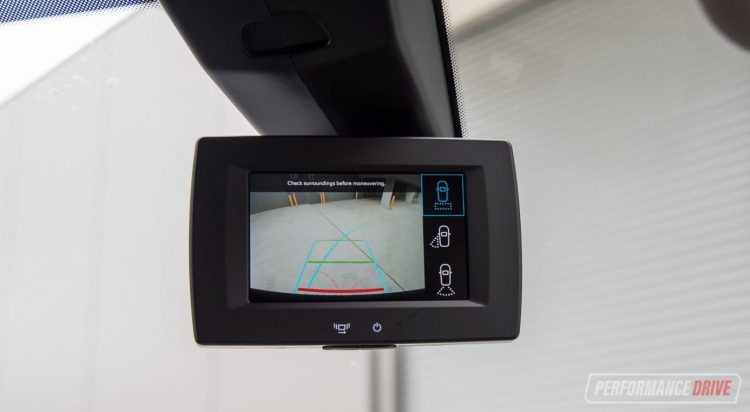
Safety-wise, it achieves four-star ANCAP credentials. Delving into this, the adult occupant protection rating is a sound 90 per cent, seemingly only missing out on full marks due to average pedestrian protection and AEB functionality. You can read the full ANCAP report here.
Warranty is five years or 200,000km, with capped-price servicing either 15,000km or every year, varying in price between $444 and $707. You can find more information about Peugeot servicing here.
Our grey test car looked purposeful yet chic, even with unpainted bumpers and mirrors. We particularly like the steel wheels, without a hubcap obscuring their style.
As you open the door, you are greeted by a grey interior of unusual design. This is Peugeot’s i-cockpit concept, with a small, hexagonal steering wheel and high mounted instrument cluster. Things are mostly where you would expect, with rotary gear selector, climate control knobs and radio volume falling readily to hand.
2022 Peugeot Partner Pro LWB – THE DRIVE
Car makers know that the first impression of a car, otherwise known as showroom appeal, is crucial. This includes how everything feels to operate and that’s the first and best opportunity to win potential customers.
We wouldn’t call the Partner ergonomically challenged, but we would encourage you to take some time getting familiar with things like the cruise control/speed limiter pod before setting off. A digital speedometer in the instrument panel is appreciated, but the speed limit warnings can be a bit inaccurate at times. Seating is firm, yet comfortable, with ample adjustment, while the steering wheel offers tilt-only adjustment.
One criticism is the lack of an anti-slip mat in the mobile phone storage areas on the dash. Another, more glaring problem is visibility. With thick A-pillars and limited rearward views, a 360-degree camera and blind-spot monitoring would be nice additions.
To be fair, the Partner has a rear camera, but instead of dynamic guidelines this presents a bewildering array of fixed lines, like what we saw in the 2016 Citroen Cactus – a car from Peugeot’s sister company which shares this platform. For negotiating tight city streets, this is disappointing.
All of that quickly fades once you start driving the Partner, however. The turbo-triple has a fantastic sound, generous torque curve and smooth power delivery, with a flexible rev-range. We didn’t test this example across the usual acceleration sprints but we can use our previous SWB test as a reference, featuring the same engine. It crossed 0-100km/h in a decent 10.62 seconds. This is just 25kg heavier so we’d expect similar results (SWB is 1333kg and LWB is 1358kg, tare).
The eight-speed automatic is slow but smooth in operation, making the most of the engine’s strengths. It never hunts and always seems to be in the right gear. There is even a manual mode, with plastic paddles behind the steering wheel for a laugh. It faithfully holds gears to redline and adds genuine fun to the driving experience.
We are grateful this car isn’t equipped with a CVT, DCT or single-clutch AMT, as this is so good that even the most ardent manual enthusiast (such as yours truly) would have a hard time not falling for its charms.
The small, hexagonal tiller is connected to a chassis that is far better than a work van has any right to be. Lateral grip, high speed stability and driving dynamics are commendable, with a well-damped ride over most surfaces. In cornering, it is neutral and bereft of major body roll, sure-footed and has a quick steering ratio. For a load-oriented setup, this is very impressive.
As for economy, you’ll need to use a minimum of 95 RON petrol, but the official rating is a diesel-like 5.9L/100km. We achieved low 7s with enthusiastic driving. It’s also worth noting that the start-stop function is buried in the touch-screen menu. We’re sure most would prefer a stand-alone button on the dash.
2022 Peugeot Partner Pro LWB – THE VIDEO
2022 Peugeot Partner Pro LWB – THE VERDICT
Thanks to its sweet powertrain, novel interior and great dynamics, the Peugeot Partner is genuinely fun to drive for this class and would make for an excellent, ahem, partner for your daily duties. There’s a lot to be said for choosing a work car that adds joy to the equation as this is your office for a significant portion of your working life. To that end, the Partner fits the bill and is worth a drive.
But please, please, Peugeot, add a 360-degree camera, blind-spot assist and dynamic guidelines to the existing reverse camera. If you could adapt to this deficiency, the Partner Pro would be a very handy van to live with.
[column width=”47%” padding=”6%”]PROS:
– Funky design
– Fantastic engine and gearbox combination
– Fun to drive
– Relaxing cruiser with comfortable suspension
– Economical[/column] [column width=”47%” padding=”0″]CONS:
– Poor visibility
– Static lines on reverse camera
– Lack of blind-spot monitoring
– Interior requires more familiarity than usual
– 4-star ANCAP safety[/column][end_columns]
As always, if you’re thinking about buying a new car don’t forget to click here to speak with our car buying specialists.
